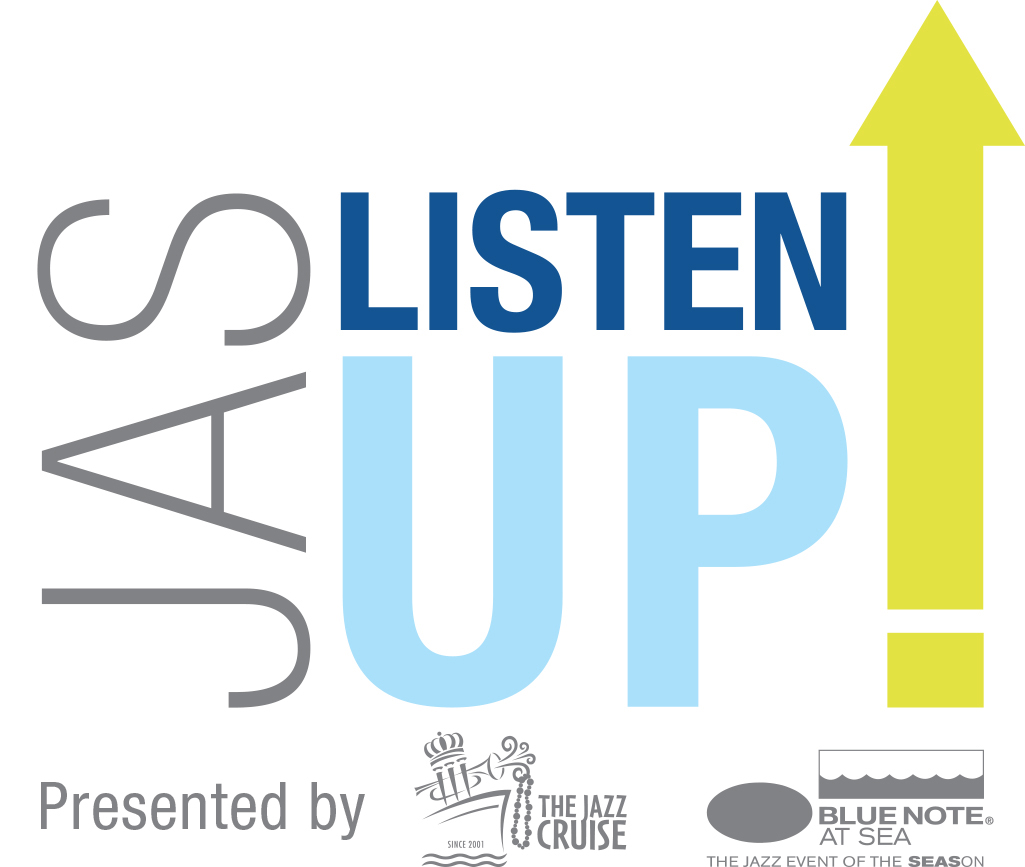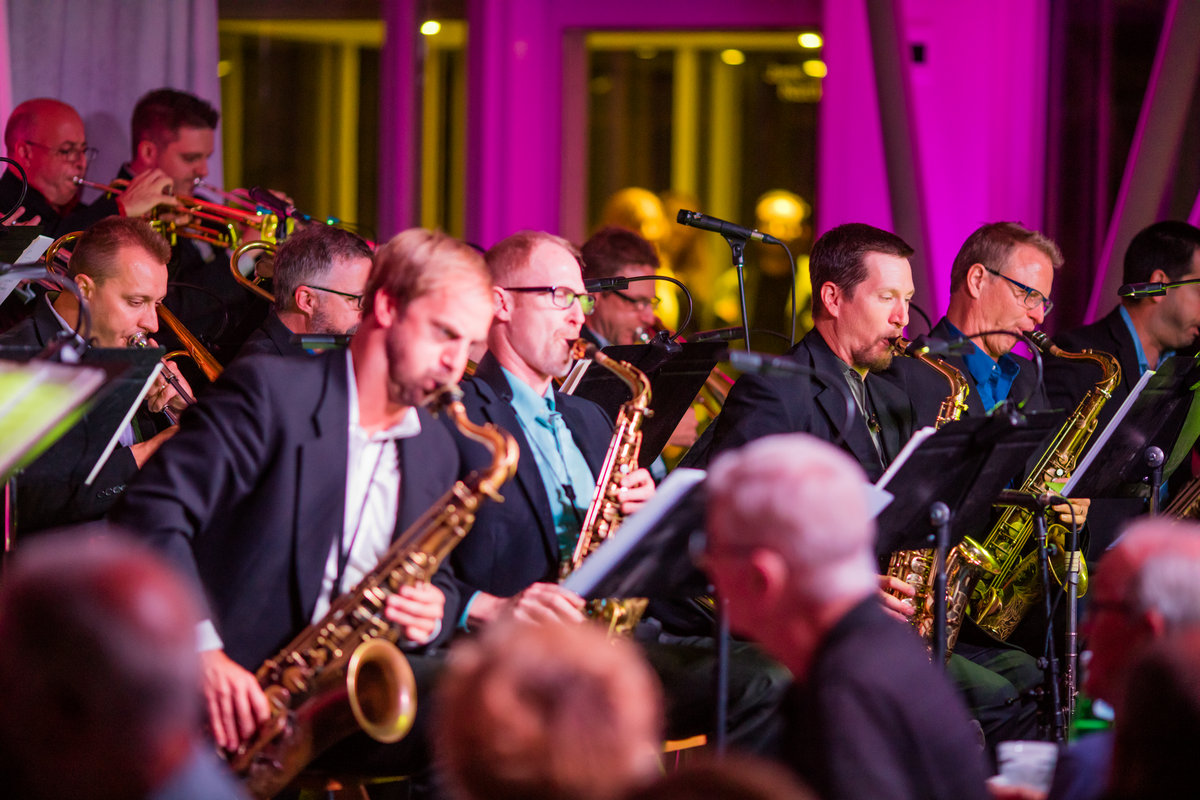

What Is Big Band Music?
A big band is a type of musical ensemble associated with playing jazz music which became popular during the Swing Era from the early 1930s until the late 1940s. Big Bands evolved with the times and continue to this day. A big band typically consists of approximately 12 to 25 musicians and contains saxophones, trumpets, trombones, and a rhythm section.
Beginning in the mid-1920s, big bands, then typically consisting of 10–25 pieces, came to dominate popular music. At that time they usually played a form of jazz that involved very little improvisation, which included a string section with violins, which was dropped after the introduction of swing in 1935. Orchestras tended to stick to the melody as it was written and vocals would be sung (often in a tenor voice) and in tune with the melody.
Swing music began appearing in the early 1930s, and flourished, although there was little mass audience for it until around 1936, when big bands rose to prominence playing Swing music and held a major role in defining swing as a distinctive style.
Famous Big Band Artists
There was a considerable range of styles among the hundreds of popular bands. Many of the better known bands reflected the individuality of the bandleader, the lead arranger, and the personnel. Count Basie played a relaxed propulsive swing, Bob Crosby more of a Dixieland style, Benny Goodman a hard driving swing, and Duke Ellington’s compositions were varied and sophisticated. The popularity of many of the major bands was amplified by star vocalists, such as Frank Sinatra, quite possibly the greatest American pop-singer to prefer singing with a big band.
Big Band Characteristics
White teenagers and young adults were the principal fans of the Big Bands in the late 1930s and early 1940s. They danced to recordings on the radio, and attended live concerts whenever they could. Many bands toured the country in grueling one-night stands to reach out to their fans. Traveling conditions and lodging were often difficult, in part due to segregation in most parts of the United States, and the personnel often had to perform on little sleep and food. Apart from the star soloists, many personnel received low wages and would abandon the tour and go home if bookings fell through. Personal problems and intra-band discord could affect the playing of the group. Drinking and addictions were common. Turnover was frequent in many bands, and top soloists were often lured away to better contracts. Sometimes bandstands were too small, public address systems inadequate, pianos out of tune. Successful bandleaders dealt with all these hazards of touring to hold their bands together—some with rigid discipline (Glenn Miller), some with canny psychology (Duke Ellington).
Big Bands played a major role in lifting morale during World War II. Many band members served in the military and toured with USO troupes at the front, with Glenn Miller losing his life while traveling between troop shows. Many bands suffered from the loss of personnel and quality declined at home during the war years. An ill-timed recording strike in 1942 worsened the situation. Vocalists began to strike out on their own and by the end of the war, swing was giving way to less danceable music including bebop. Many of the great swing bands broke up, as the times and tastes changed.
As jazz evolved and expanded in new directions, major band performances of note did occur from the 1950s to the 1970s though not as often as they had previously. Modern big bands can be found playing all styles of jazz music. Some large contemporary European jazz ensembles play mostly avant-garde jazz using the instrumentation of the big bands. Big bands have also maintained a presence on American television, particularly through the late-night talk show, which has historically used big bands as house accompaniment.
Keep An Eye Out For For Big Band Jazz Artists Coming To JAS!
Jazz Aspen Snowmass has been consistently recognized for its unique marriage of world-class music to an unparalleled natural and intimate setting, and its impeccable hospitality for artists and audiences alike. Every year JAS hosts a wide range of talent from all over the world. Keep an eye on our event calendar and website for more information about big band artists coming to JAS.

